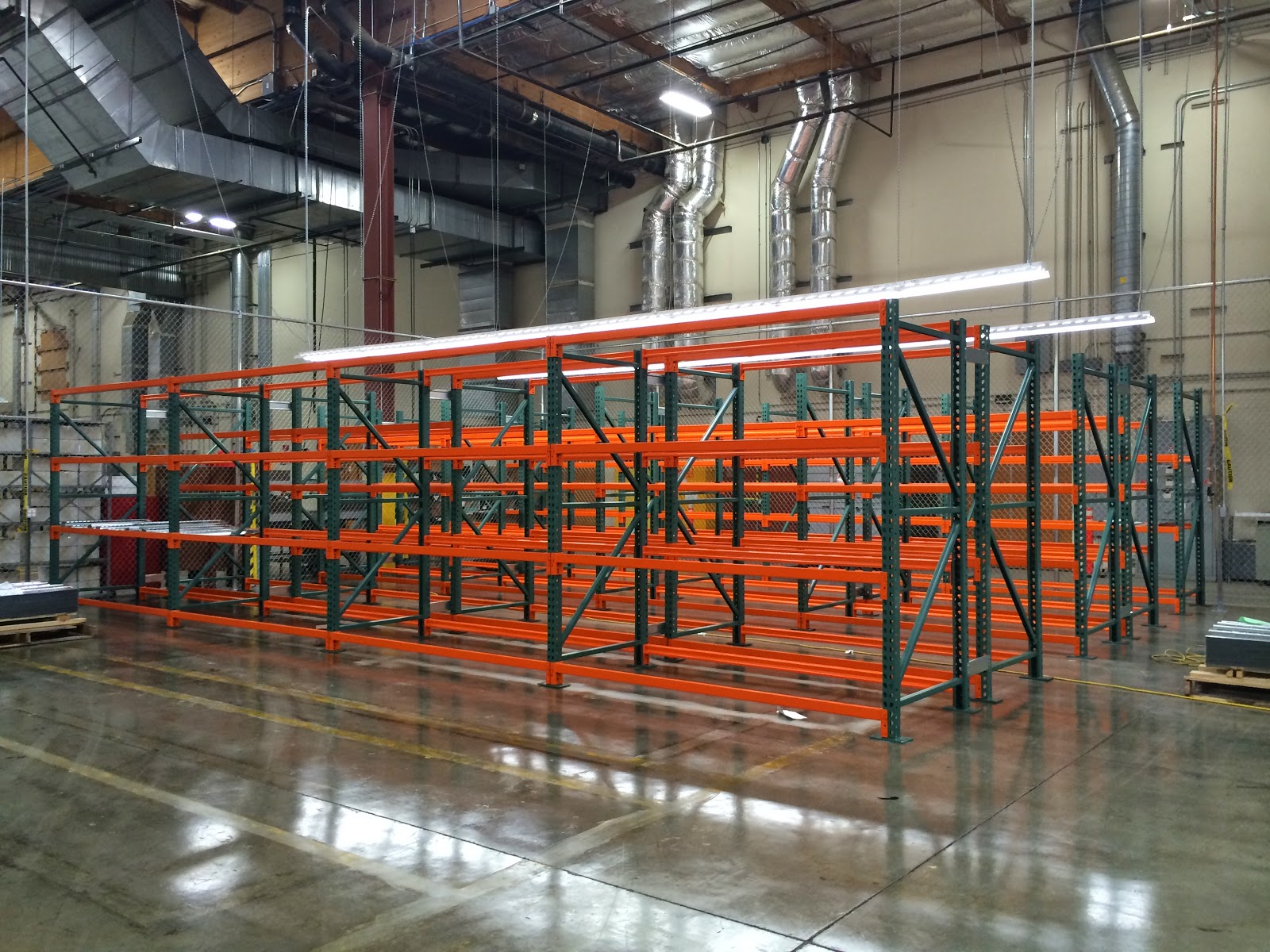ReNewed
The Guide to Raymond Handling Solutions Used Forklifts
Forklifts or "trucks," as my industry likes to call them, are similar to cars in many ways. One most dear to me is the rental and used forklift sales. As you may or may not know, I worked for Enterprise for 2 years. I rented cars at the beginning of my role and became a remarketing account manager where I sold the retired rentals to dealerships to flourish their used car inventory. When I found out there was a similar division in this industry, I beamed a smile and thought, "Thank God. I actually know something about that."
Just like cars, we can rent our forklifts. And just like cars, you can buy used forklifts.
We take a lot of pride in our used lifts at Raymond Handling Solutions. We even coined the term "ReNewed." There is a whole team who manages the used side of things and every lift that is sold is handled with care.
Why would you want a ReNewed lift you ask? The same reason you would want a used car. They are less expensive, have a good life left on them and they depreciate much less than a new one will. Also, they don't have the 14 week lead time on them like our new lifts. Plus, if you don't like it, you can give it back. We don't have the same luxury in new ones. (This statement only applies to Raymond ReNewed lifts... I cannot speak on behalf of other forklift brands.)
We like to recommend our ReNewed lifts when an operation only plans on using it for 2-5 hours a day. These hours are considered "dead man" hours. That is where the truck is actually moving and doing work, not just standing idol.
Unlike used cars or some other forklift companies, we put a whole bunch of resources into fixing, replacing, and repainting Raymond lifts to essentially "erase the hours" off of them. Note: A forklift's usage is gauged in hours instead of miles/feet.
Now, I know about 15 car dealers who are going to want to yell at me and tell me they recondition their cars to be like new. They are lying. They will slap on some paint, detail them and throw in a free air freshener, but they don't recondition them like we recondition our lifts.
We have four levels of reconditioning:
Premium: Our top of the line series. Truck reconditioned with
the intent to bring all wearable components up to 80-90% life expectancy. Top
quality paint job like brand new or better. Warranty 30 day full satisfaction
guarantee with 90 day coverage on major components.
Performance: Our most popular series. Truck reconditioned with the
intent to bring all wearable components up to 70-80% life expectancy. Quality
paint job. Warranty 30 day full satisfaction guarantee with 60 day coverage on
major components.
Value: The best bang for the buck. The truck is thoroughly
inspected and all needed repairs are performed. There will be no leaks and the
truck will be in safe operating condition. Warranty 30 day full satisfaction
guarantee. Includes light sanding and paint touch up.
Rental
Ready: This is a new level under our ReNewed program. The
truck is thoroughly inspected and all needed repairs are performed. There will
be no leaks and the truck will be in safe operating condition. Warranty 30 day
full satisfaction guarantee. Paint is not included on this level.
(Words written from Randy: The Highest Reign of ReNewed)
Here is the reconditioning process of a Raymond Handling ReNewed Fork Lift:
These lifts come from allllll over. Some are from the rental department, some are ones that we have previously leased, some we buy from customers who want to upgrade their fleet.
We typically sell them and then recondition them. Since our shop gets busy, we don't "Pre-Recondition" them. We recondition to order.
These are trucks sitting in the warehouse waiting to be picked to be reconditioned!
We then, depending on the level of reconditioning the customer requests, replace worn parts with new parts or fix/mend them, we mend or replace wheels and tires if they are worn, and prep the cosmetics to make the outside shine like it's going to the most important interview of its life.
We do all in-house paint and repairs. This is the shop diligently working to get our ReNewed lifts prepped to send out to our customers.
Then, we line them up for one more inspection. They have their ReNewed stickers put on them so the customer knows what a great deal he got. They go through a long checklist of forklift lingo before they are released to their owners. What an exciting day for a forklift!
This is the Performance level of reconditioning. These three forklifts were manufactured in 2005. They are almost 10 years old and look brand new!
This was the first Renewed truck I sold to a customer. The customer had 1999 a damaged unit that was going to cost around $14,000 to repair. Instead of repairing it, I told him would could find him a Renewed truck that was approximately 5 years older, with a lot of new parts, for less than $14,000.
This was the solution we found for him:
This was the first Renewed truck I sold to a customer. The customer had 1999 a damaged unit that was going to cost around $14,000 to repair. Instead of repairing it, I told him would could find him a Renewed truck that was approximately 5 years older, with a lot of new parts, for less than $14,000.
This was the solution we found for him:















